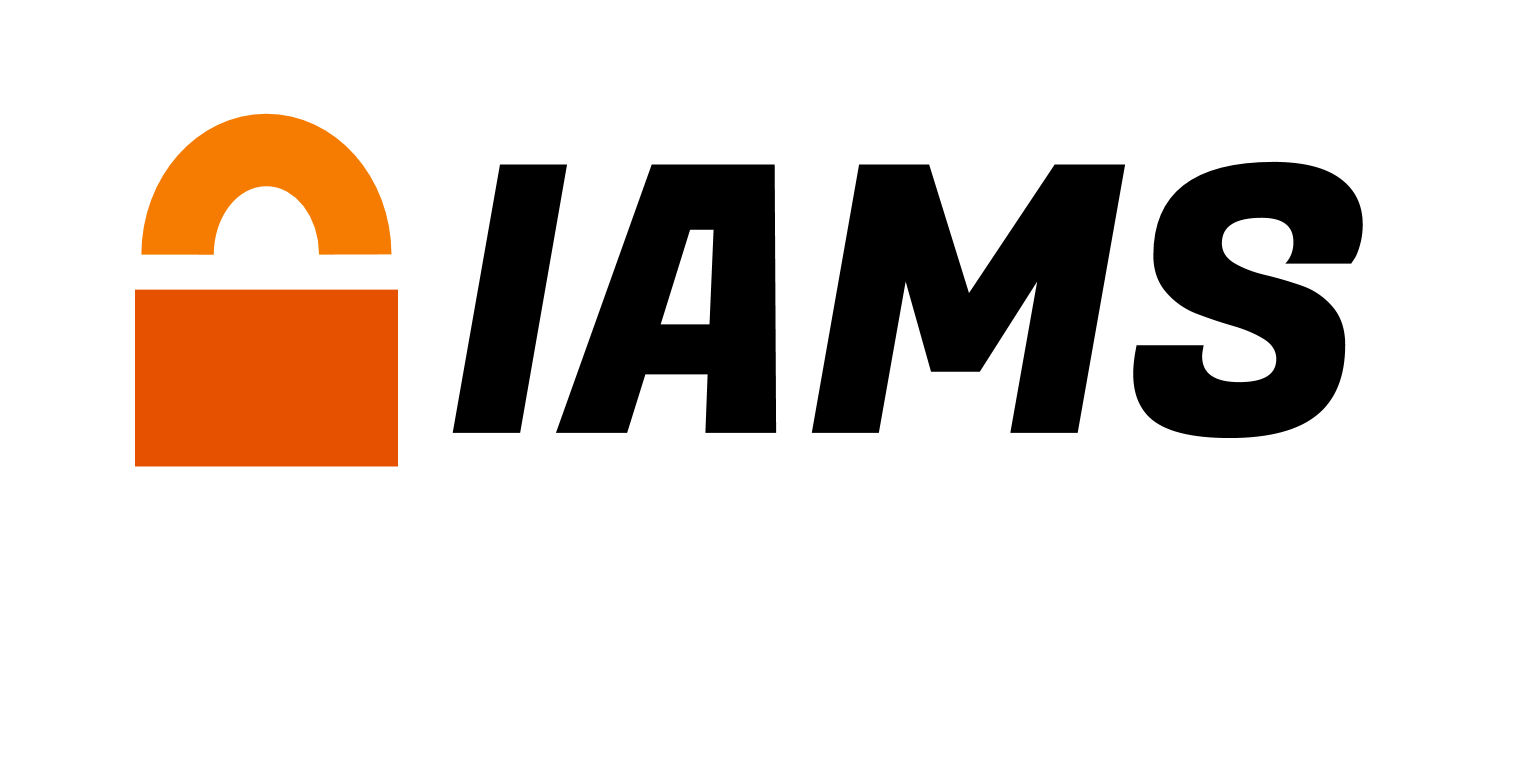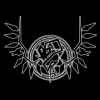I have seen several really cool things lately that look to make CraftOS into a better platform. For instance, oeed has started CraftOS Standards, to try to set standards for types of data. These efforts to make CraftOS better are really neat.
However, I feel like one specific thing has been missing: Something to combat malicious scripts. Although the forums themselves don't allow malicious scripts (a good thing), that isn't going to work for everything. And whilst there are several scattered efforts against malicious scripts ("antivirus" programs), these won't work for everything.
So, I am starting the Initiative Against Malicious Scripts, or IAMS.
What is IAMS?
IAMS is an effort in combatting malicious scripts, specifically targeted towards ComputerCraft and CraftOS 2.0 (when it comes out). The goal is to act as a unified community to shut down malicious scripts and activities. It is also created to recognize software and projects that help protect users against malicious software, as well as help make trusted software be known as trusted.
Antimalware Definitions: Protecting Users against Current Malware
One of the goals of IAMS is to provide the means for software to protect users against current and existing malware. This is done by creating a centralized database of hashes of malware, along with pastebin IDs and their hashes. Although this isn't the most secure method, it's a good first step to combatting malicious software.
Sandboxing: Protecting Users against Future Malware
Another goal of IAMS is to encourage the securing of their software. For instance, in an operating system, providing a sandboxed filesystem for applications, to prevent against damage to data. Another example is scanning files for potentially harmful code before executing the file.
Certification: Showcasing Secure Software
The final goal of IAMS is to encourage software to be more secure, and follow best practices with combatting malicious software. This will be done by certifying and showcasing the best of secure software: Operating systems with protected filesystems, antivirus software working with IAMS definitions, and other things that contribute to proper security.
Getting Involved with IAMS
You can see the GitHub organization for IAMS here: [REDACTED, I need to reconsider some elements]
You can also join the gitter chat for IAMS here: [REDACTED, I need to reconsider some elements]
I am currently working on documenting IAMS and making it more obvious how to utilize the tools IAMS is providing.
Now, for how to contribute that IS documented.
If you know of any malicious scripts, report them via PM.
DO NOT REPLY TO THIS THREAD WITH MALICIOUS SOFTWARE LINKS. They are not allowed by the ComputerCraft Forums, hence why they are being disclosed through a form here.
Once you report a malicious script, I will review it to see what it does, and if I find it to be malicious as per the definitions of what makes a script malicious (seen in the form) I will add it to the definitions.
I will be more extensively document efforts here.
What makes a script malicious?
(I will be updating this as time goes by, and as per suggestions of others).
A script is deemed malicious if any of the following apply:
- The script is designed with the intent of being malicious.
- The script pretends to be one thing but ends up being another thing (trojan)- The script, when publicly shown, claims to have IAMS certification when it has not been certified.
- The script poses an INTENDED threat WITH MALICIOUS PURPOSE to data on the device through any of the following means:
* Deletion of Data
* Corruption of Data
* Encryption of Data
* Unauthorized Sending of Data
- The script poses an INTENDED threat WITH MALICIOUS PURPOSE to software on the device through any of the following means:
* Bypassing of existing security systems implemented by software (example: Rooting an OS)
* Masquerading as a system process.
- The script poses an INTENDED threat WITH MALICIOUS PURPOSE through its own distribution through any of the following means:
* Distributed through a disk drive. (ie disk/startup)
* Distributed through a network.
* Masquerading as one thing in a network but being another.
* Masquerading as one thing in a disk but being another.
TODO:
* Certification of IAMS compliant software
* Other stuff.
This is a developing thing I am creating, so expect this to progress more over the next few weeks.
This thread serves as a place to discuss things that can be done to further combat malicious software, as well as make suggestions, and overall contribute. I would also recommend you join the Gitter rooms so that you can more easily collaborate, and so I can explain better what is going on.
EDIT: Also this is a CC thingy, not pet food.
























